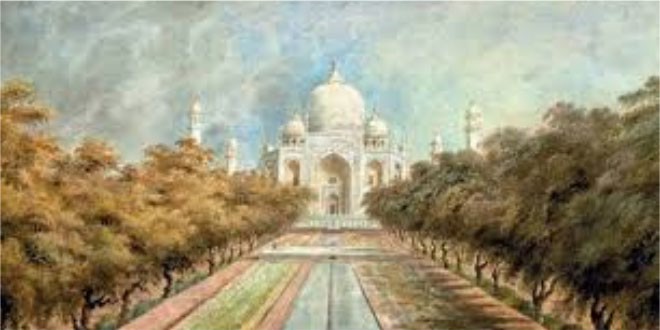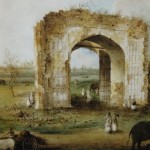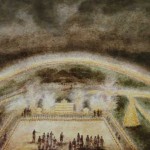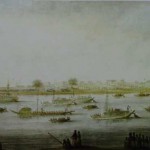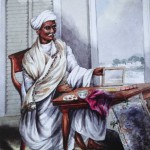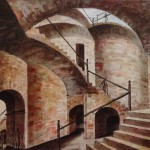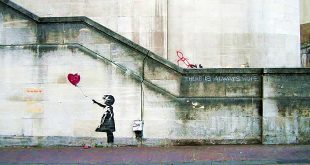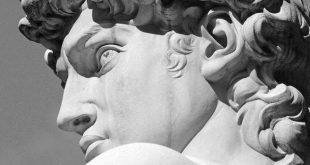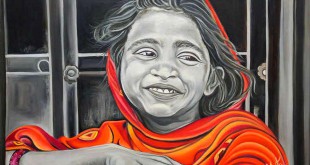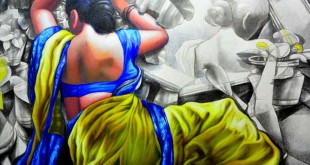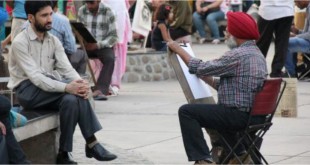The works of Sita Ram, who illustrated the world around for Lord Hastings, reveal his ability to distinguish sight from insight
So little is known about Indian painters of the past that, whenever from their world of silence, one hears another whisper, another faint sound, one feels grateful. Perhaps, even a bit relieved. For, far too long has one lived with the anonymity of Indian art. Some names have emerged, mostly from the Mughal period, but they remain, for the most part, names, since so little is known about the lives of these men: the context in which they struggled and worked, their personal circumstances, their family lives, their dreams and their frustrations.
The whole theme is long, and one risks, at least here, getting completely submerged in it. Before that happens, however, I must return to that new whisper, that faint sound, of which I spoke at the outset.
It bears the name of Sita Ram, that ‘native painter from Calcutta’, who illustrated for Lord Hastings, Governor-General of Bengal from 1813-1823, the journal he kept as he travelled mostly by river from Calcutta to the Punjab. The Lord, ‘master of nearly all he surveyed’, since the sway of the British covered large, very large, areas by this time, did not travel alone.
His great ‘ship’ as it sailed was part of an enormous flotilla of 220 boats, and he was accompanied by his wife and children, by an entire entourage of secretaries and ADCs with their families and children in turn, by 150 ‘sepoys’, and a battalion of the Bengal army. In that enormous crowd also was Sita Ram, who, even though he was turning out all along views of buildings and landscapes and social events to provide visual body to the journal, finds mentions just once in the entire Hastings journal, and that too, almost dismissively as a ‘Bengal draftsman’. We learn nothing more of him.
Fortunately, however, and for this one is greatly indebted to J.P. Losty, who has recently written a book on the painter, something can be reconstructed of Sita Ram’s career and work. One still knows remarkably little of his background, his family, his training, but one sees him working in Bengal, where Murshidabad was a centre of the arts.
 Kids Portal For Parents India Kids Network
Kids Portal For Parents India Kids Network
